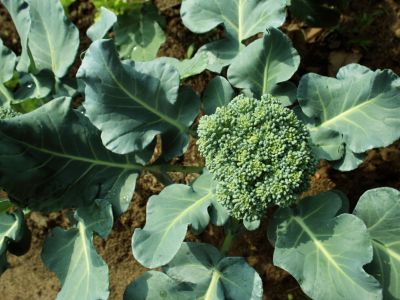What is Cole Crop Soft Rot?
Soft rot in cole crops is caused by the bacterium Erwinia carotovora. It can affect both heading cole crops (like cabbage and broccoli) and leafing cole crops (like kale and mustard greens). Soft rot starts as small, water soaked patches and can spread quickly to large, sunken, brown areas that have a rotten consistency and give off a foul smell. Sometimes, symptoms don’t show or spread until after harvest, especially if they are bruised or damaged during transport, which means seemingly healthy plants can quickly become rotten and slimy in storage. These rotten spots will continue to spread and smell badly even in cold storage conditions.
How to Treat Soft Rot in Cole Crops
Cole crop soft rot thrives in warm, wet conditions. It is most likely to develop when there is standing water in the garden, but it can be a problem with just some moisture. Always avoid overhead watering and watering at night, when moisture is less likely to evaporate quickly. Plant in well-draining soil. Remove weeds and plant with adequate spacing to encourage good air circulation. Rotate your plantings so that cole crops are in the same part of your garden only once every three years. Remove and destroy infected plants. Surfactant insecticides have been shown to increase the likelihood of soft rot in cole crops and should be avoided. Spraying fixed copper can sometimes help. During harvest and storage, handle vegetables gently to prevent damage.
